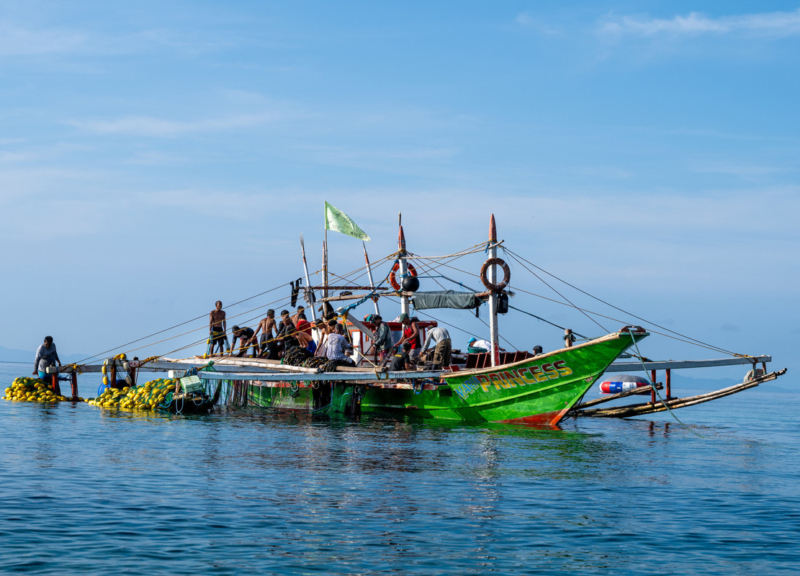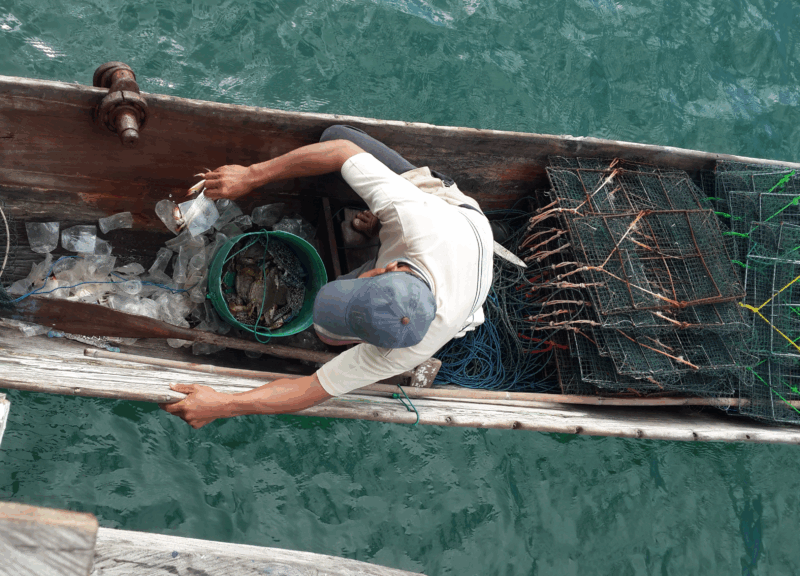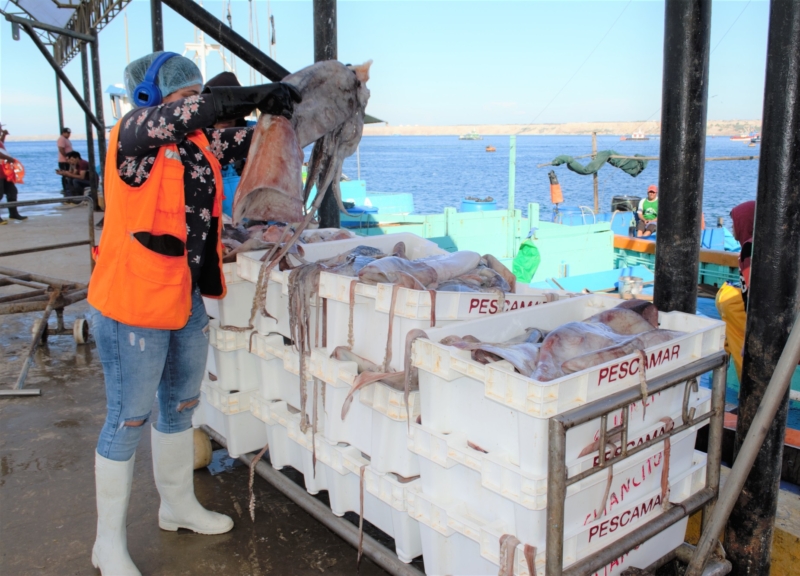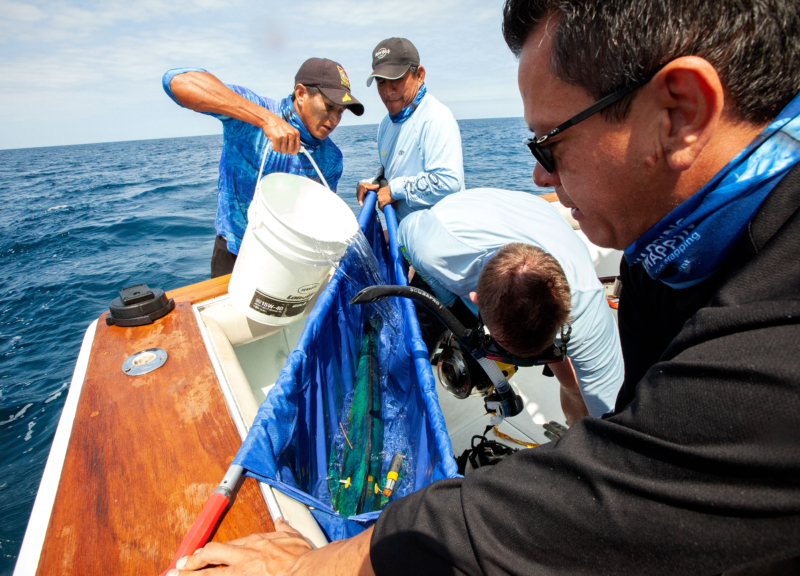Abundant Fisheries
Help count fish
To sustainably manage fish, we first need to count them.
The first pillar of effective fisheries management is data. It is impossible to effectively regulate or manage fisheries if you don’t know what you’re managing or where they are. That is why collecting better data about fish populations is a key part of ensuring the long-term health and abundance of fisheries. This data can be used to develop tools such as stock assessments and other indicators of fish population health.
The seafood industry plays an essential role in supporting scientists and governments in gathering and analyzing data on global fish stocks. And once the data is collected, industry can support scientists in interpreting and understanding the information.
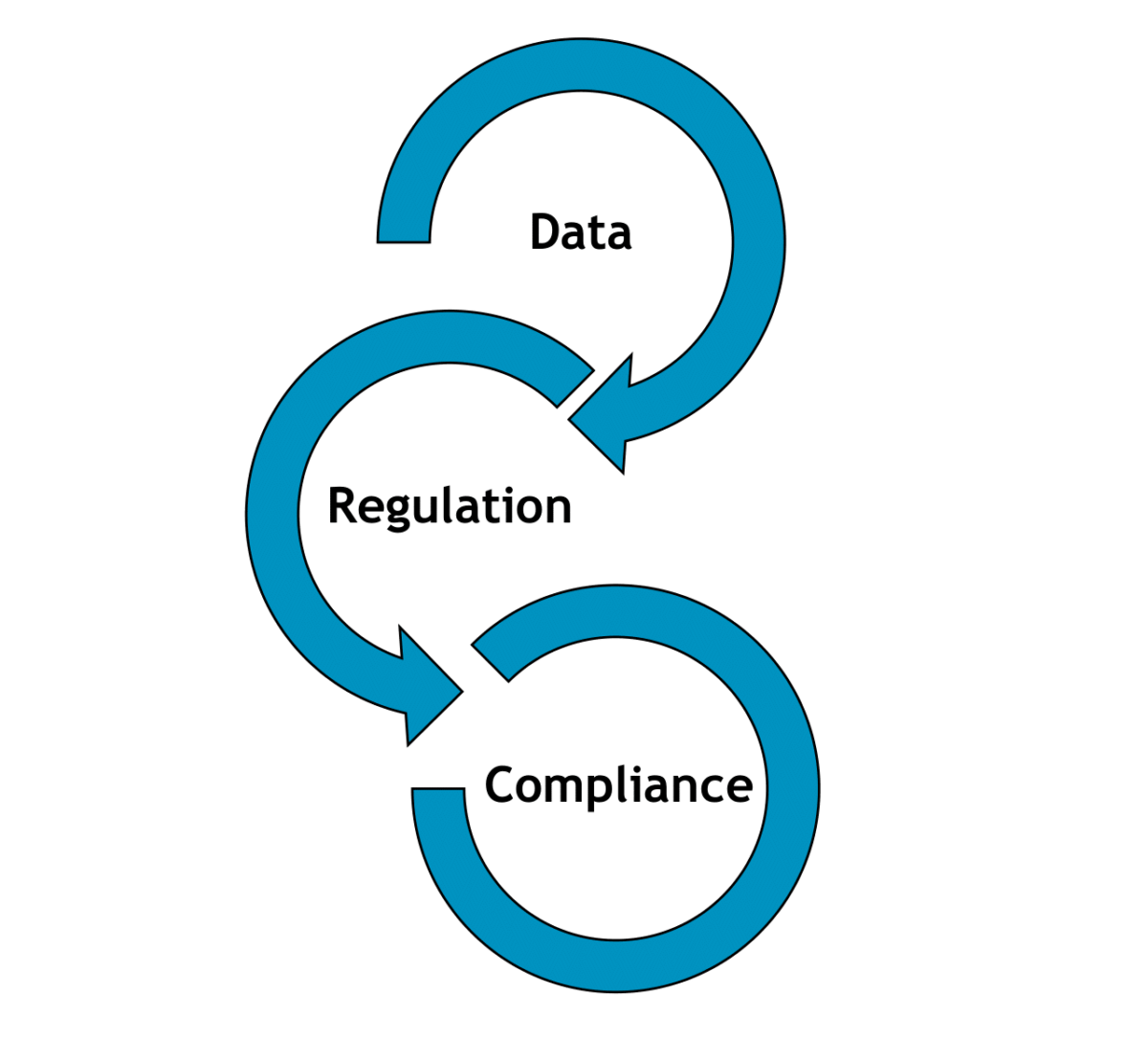
The three pillars of fishery management
-
Assessing octopus stock in the Philippines
Octopus processing companies in the Philippines provided data on landings to support the development of the first-ever stock assessment of octopus fisheries in the country. -
Assessing the Indonesian blue swimming crab fishery
The Indonesian Blue Swimming Crab Fishers Network (Forkom Nelangsa) contributed data to support a stock assessment of the Central Java blue swimming crab fishery in Indonesia. -
Increasing knowledge about squid in Peru
Peruvian jumbo flying squid exporters signed an agreement with a government research institute to collaborate on data collection about the squid fishery. -
Addressing knowledge gaps in the Eastern Pacific Ocean mahi fishery
Through a public-private partnership, artisanal fishers, government research institutions, supply chain actors, and NGOs worked together to more fully understand the transboundary mahi stock in the Eastern Pacific.
Want to help count fish?
Contact SFP to see how you can support the scientists and governments counting fish around the world.

